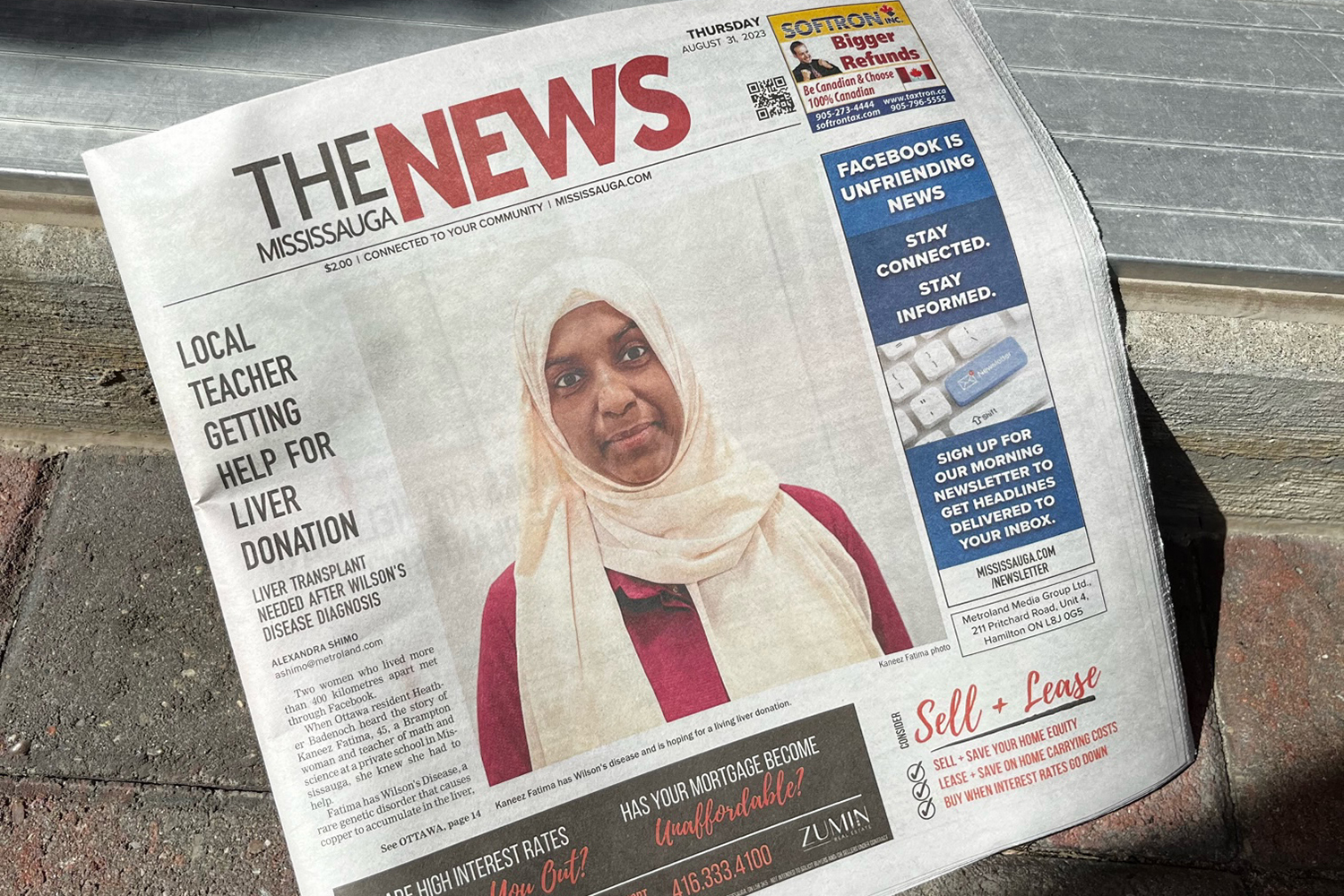The Ultimate Guide To News Articles
Table of ContentsThe Definitive Guide to News ArticlesFacts About News Articles RevealedThe smart Trick of News Articles That Nobody is DiscussingUnknown Facts About News ArticlesThe Ultimate Guide To News Articles
Excellent knowledge of different subjects gives students an one-upmanship over their peers. Even though electronic and social networks are readily accessible, we should not forget just how crucial it is to read the papers. Parents have to try and inculcate the behavior of reviewing a newspaper as an everyday routine to proceed the heritage of the revered print medium.News stories additionally include a minimum of one of the adhering to crucial qualities loved one to the designated audience: proximity, prominence, timeliness, human passion, oddity, or repercussion. The associated term journalese is sometimes used, normally pejoratively, to refer to news-style writing. One more is headlinese. Newspapers usually comply with an expository writing design.
Within these limitations, information stories additionally intend to be thorough. Among the bigger and a lot more reputable newspapers, justness and equilibrium is a major factor in offering information.
Papers with a global audience, for instance, often tend to utilize a more official style of writing. The details choices made by an information electrical outlet's editor or editorial board are frequently collected in a design guide; common style guides include the and the United States Information Design Publication. The main goals of news writing can be summarized by the ABCs of journalism: precision, brevity, and clarity.
Not known Details About News Articles
As a policy, journalists will not use a long word when a brief one will do. Information authors attempt to avoid using the very same word extra than once in a paragraph (occasionally called an "echo" or "word mirror").
Headlines in some cases leave out the subject (e.g., "Leaps From Boat, Catches in Wheel") or verb (e.g., "Feline lady lucky"). A subhead (likewise subhed, sub-headline, subheading, caption, deck or dek) can be either a secondary title under the main heading, or the heading of a subsection of the short article. It is a heading that comes before the primary text, or a group of paragraphs of the main message.

Added billboards of any of these kinds may appear later on in the short article (specifically on subsequent web pages) to tempt additional analysis. Such billboards are also utilized as pointers to the article in various other areas of the magazine or website, or as advertisements for the piece in other magazine or sites. Normal structure with title, lead paragraph (recap in bold), other paragraphs (details) and call info.

Example of a hard-lead paragraph NASA is suggesting an additional area project. The spending plan requests about $10 billion for the project.
An "off-lead" Read More Here is the second most essential front web page information of the day. To "hide the lead" is to begin the post with history information or information of secondary relevance to the visitors, compeling them to review even more deeply right into a short article than they must have find more to in order to discover the necessary points.
Some Known Incorrect Statements About News Articles
Typical use is that a person or more sentences each form their own paragraph. Reporters usually define the company or framework of a newspaper article as an upside down pyramid. The essential and most interesting components of a tale are put at the start, with sustaining info adhering to in order of reducing relevance.
It enables people to discover a subject to just the deepness that their inquisitiveness takes them, and without the charge of details or nuances that they can take into consideration irrelevant, yet still making that details offered to much more interested readers. The inverted pyramid framework likewise allows short articles to be trimmed to any kind of approximate size throughout format, to fit in the room available.
Some writers start their stories with the "1-2-3 lead", yet there are many kinds of lead offered. A twist can refer to several points: The last tale in the news program; a "happy" tale to finish the program.
Longer articles, such as magazine cover articles and the pieces that lead the inside sections of a paper, discover this are referred to as. Function stories vary from straight news in a number of methods. Foremost is the lack of a straight-news lead, the majority of the moment. Rather than using the essence of a tale in advance, function authors may try to draw visitors in.
8 Easy Facts About News Articles Described
A function's first paragraphs typically connect an appealing moment or event, as in an "unscientific lead". From the details of a person or episode, its sight quickly expands to abstract principles concerning the tale's topic.

The Editor's Tool kit: A Referral Guide for Beginners and Professionals (2001) Allan M. Siegal and William G. Connolly. The New York Times Manual of Style and Use: The Official Style Overview Made Use Of by the Writers and Editors of the World's A lot of Reliable Newspaper (2002) M. L. Stein, Susan Paterno, and R.